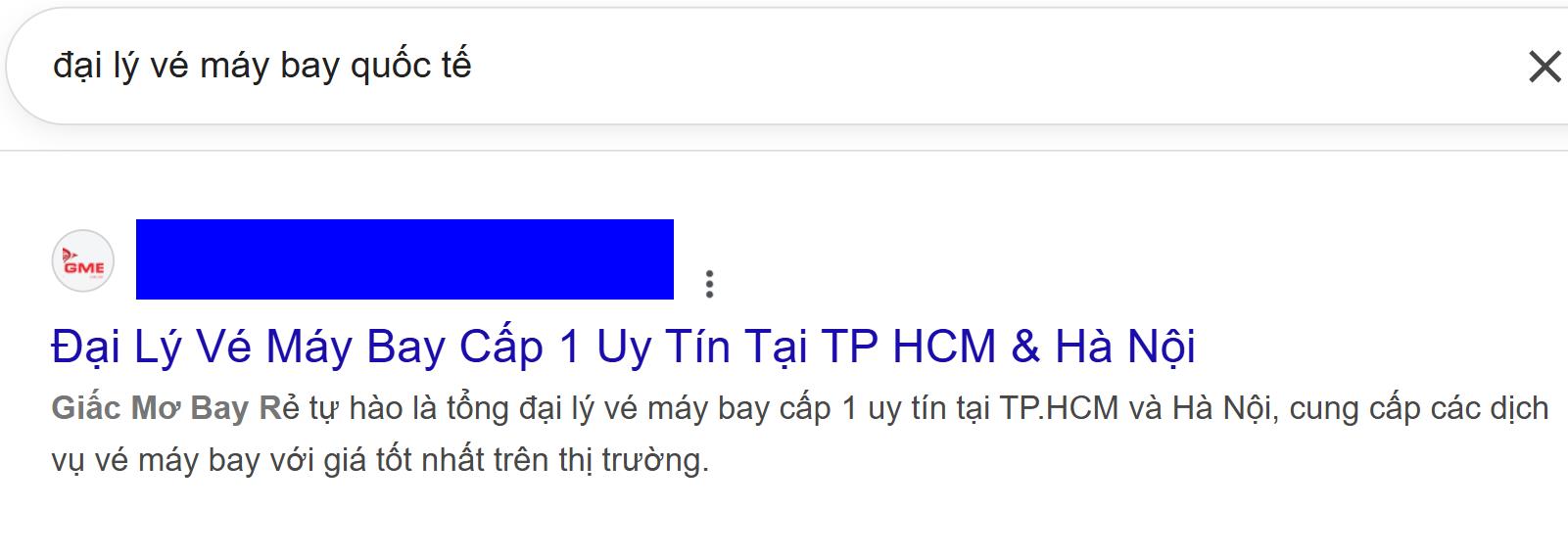


1. Bar Chart Weight
The charts summarise the weight measurements of people living in Charlestown in 1955 and 2015. Summarise the information by selecting and reporting the main features, and make comparisons where relevant.
The depicted charts illustrate the analysis and comparison of citizens’ weight in Charlestown in 1955 and 2015.
Overall, what stands out from the charts is that people from age 20 to 29 were mostly underweight or physically ideal in both given years. It is also apparent that obesity only took up a marginal amount in 1955 yet it has become a serious weight issue for people in 2015.
As can be seen, the proportion of the ideal figure decreased steadily when the people got older, from 70% down to nearly 45% in 1955. Meanwhile, the percentage of overweight people aged between 30 and 39 increased dramatically from 20% to around 45% in 2015. Citizens who were under 40 did not suffer from obesity in 1955, but this category accounted for over 10% combined in 2015.
By contrast, the proportion of the underweight over the age of 40 decreased considerably over 60 years, from 80% in total to only 15%. Following a similar pattern, people aged over 60 with ideal physique witnessed a significant fall of over 40% in 2015. The percentage of the obese also grew dramatically to approximately 50% amongst citizens who were in the age range of 50 to 59.
Vocabulary
- depicted (past tense for ‘depict’): Được thể hiện, vẽ, mô tả
- As can be seen: Có thể thấy rằng, như có thể thấy
- Following a similar pattern: Đi theo xu hướng tương tự
2. Diagram Fish Pie
The diagrams below give information about the manufacture of frozen fish pies. Summarise the information by selecting and reporting the main features, and make comparisons where relevant.
The diagram illustrates the process of how fish pies are manufactured.
Overall, what stands out from the illustration is that the preparation process contains two main lines – potato preparation and fish preparation. It is also apparent that potatoes, peas, and salmon are the main ingredients in making the fish pie.
The first manufacturing line shows how the potatoes are being processed. They are delivered and stored up to one month before the cleaning process. Afterwards, washed potatoes are peeled and cut into straight thin slices. After being boiled and chilled, the potatoes are ready to be sold to stores in packages or kept in storage for later use.
The second food processing line highlights the preparation of fish, salmon, whose delivery must arrive at the factory within 12 hours to ensure its quality. In the first stage, the fresh salmon is seasoned with lemon juice and salt. Then, after it is steamed in an oven, the salmon is being deboned and skinned by workers, prior to the inspection of an expert.
At this stage, prepared peas and sauces are put into the cooked salmon containers. Finally, with the prepared potato slices on the top layer, the pies are ready to be assembled into microwavable containers. The pies will be sent to the freezer which will be delivered to retailers such as supermarkets or convenience stores.
Vocabulary
- what stands out from the illustration/diagram is…: Điều nổi bật từ hình vẽ/quy trình là…
- It is also apparent that…: Có thể thấy rõ ràng rằng…
- Afterwards (adv): Sau đó
- prior to: Trước khi
3. Diagram Hawaiian Island
The diagram below gives information about the Hawaiian island chain in the centre of the Pacific Ocean. Write a report for a university lecturer describing the information shown.
The given diagram illustrates information related to the creation of the Hawaiian island chain in the central parts of the Pacific Ocean.
Overall, the creation of the major islands consists of four main phases, from the eruption of the magma to the full creation of the island chain.
The process begins with the magma inside the plate made out of solid and dense rock, located 2883 kilometres below sea level. Firstly, the “hot spot” spume, where the magma shows the strongest sign of eruption, remains relatively static. Then, the magma travels upwards, turning into a magma spume. Eventually, numerous eruptions accumulated, creating young volcanoes.
This type of volcano is not fully formed because of a northwest shift happening in the Pacific tectonic plate, which can cause the volcano to move in the mentioned direction 7–9 cm annually. After millions of years, there have been many creations of volcanoes that had been pushed aside for newer ones to form. The oldest one is estimated to be around 80 million years old. This event led to the creation of the major islands including Niihau, Kauai, Oahu, Molokai, Lanai, Kahoolawe, and lastly, Hawaii.
Vocabulary
- The process begins with: Quy trình bắt đầu với
- Eventually (adv): Dần dần
4. Diagram Recycling
The diagram below shows the recycling process of aluminium cans. Summarise the information by selecting and reporting the main features, and make comparisons where relevant.
The given diagram illustrates the process of recycling aluminium beverage containers in the United Kingdom.
Overall, it is clear that this is a linear process consisting of six steps, from collecting used cans to creating a new beverage container from recycled materials.
Firstly, the garbage trucks arrive to collect households’ recyclable waste, including aluminium cans. After that, the trash is delivered to a special treatment plant prior to being taken into a big machine. This machine cleans out the unnecessary items, classifies them, and shreds the recyclable cans into small pieces. Afterwards, they will be compressed before being taken to a place where they are heated and melted.
At this point, what is left of the aluminium enters the process of rolling, in which the piece is rolled to be from 2.5mm to 6mm thick. Consequently, a new can is formed thanks to the process of recycling, and 74% of its former self is reused widely throughout the United Kingdom.
Vocabulary
- Illustrates (v): Thể hiện, minh họa
- prior to: Trước khi
- At this point: Ở bước này
- Consequently (adv): Sau đó
5. Hoof Diagram
The given diagram illustrates how horses have evolved in the last 40 mega annum, with close details on the changes of their feet structure.
6. Process Diagram – Water Cycle
The diagram below shows the water cycle, which is the continuous movement of water on, above and below the surface of the Earth. Summarise the information by selecting and reporting the main features, and make comparisons where relevant.
The given diagram illustrates the process of how water circulates naturally around the Earth, known as the water cycle.
Overall, the process is continuous and consists of four main stages, starting from the evaporation of seawater and ending with the return of water to the ocean through precipitation and surface run-off.
Initially, the heat from the sun causes seawater to evaporate, turning liquid water into water vapour. This vapour then rises and condenses to form clouds in the atmosphere. Once the clouds become dense enough, precipitation occurs in the form of rain, snow, or hail, depending on the temperature.
Next, the water flows over the ground as surface run-off and eventually returns to the ocean. Some of this water also infiltrates into the soil, where it forms groundwater and can seep into lakes or rivers before flowing back into the sea. This completes one full cycle, after which the process repeats endlessly.
Vocabulary
- evaporate (v): bay hơi
- condense (v): ngưng tụ
- precipitation (n): mưa (quá trình nước rơi xuống từ khí quyển)
- surface run-off: dòng chảy bề mặt
- infiltrate (v): thấm qua, ngấm vào
7. Line Graph – Internet Users
The line graph below shows the percentage of people using the Internet in different regions of the world between 1995 and 2015. Summarise the information by selecting and reporting the main features, and make comparisons where relevant.
The line graph compares the proportion of Internet users in three different regions — North America, Europe, and Asia — over a 20-year period from 1995 to 2015.
Overall, it is clear that Internet usage increased dramatically in all regions during the period shown. North America consistently had the highest percentage of users, while Asia remained the lowest throughout.
In 1995, less than 10% of people in North America used the Internet, compared to only about 1% in Europe and nearly 0% in Asia. Over the next decade, all regions witnessed rapid growth. By 2005, around 70% of North Americans had access to the Internet, while Europe reached nearly 40% and Asia climbed modestly to about 15%.
The upward trend continued, and by 2015, Internet usage in North America reached its peak of around 90%, while Europe rose steadily to approximately 75%. Meanwhile, Asia also experienced a sharp rise to around 45%, showing significant improvement but still lagging behind the other two regions.
Vocabulary
- compare (v): so sánh
- proportion (n): tỷ lệ
- throughout the period: trong suốt giai đoạn
- witnessed rapid growth: chứng kiến sự tăng trưởng nhanh chóng
- lag behind: tụt hậu



